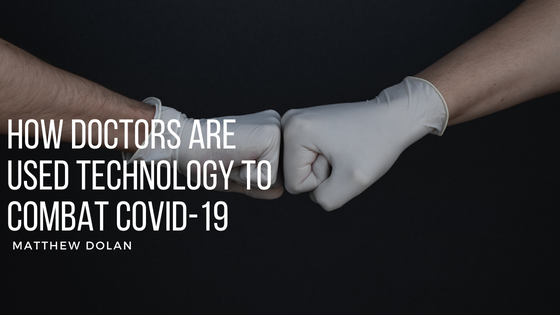Before the pandemic, doctors considered AI (artificial intelligence) as the most important technology, while Telehealth was much lower on the list. However, today, more than 60% believe that Telehealth is the most important technology during the pandemic. The pandemic has forced everyone, including doctors, to find innovative ways of working with patients.
Using Digital Health Technology
The pandemic exposed many doctors to new ways of using digital health technology. They learned how to efficiently use Telehealth to see patients, which has improved patient satisfaction. Many doctors were asked what they hope will last beyond the pandemic, and they responded that exposure to new types of technology to increase efficiency is at the top of the list. Many have realized that tech improves their ability to treat patients, and they see it as a priority.
What Doctors Want Post Pandemic
Doctors were surveyed and asked what they hope will continue after the pandemic. They were also asked what they want to see happen going forward. Twenty-nine percent wanted to be exposed to new types of digital technologies. Another 29% are looking for new ways to use digital technologies, and 28% want accelerated availability of digital health technologies.
The industry is looking at plans to advance a telehealth strategy and include it in delivery models moving forward. This will help to improve efficiency and allow doctors to provide better care going forward. It allows doctors to treat patients effectively and protects frontline workers at the same time.
Going Forward
The key in going forward is to look at how frontline workers have been supported with information, protocols, data, and clinical recommendations. Covid-19 has accelerated the transformation to digital health technologies in ways never seen before, and it forced an end to resistance because it was necessary. Doctors who were hesitant to accept these new technologies have been able to learn how they can improve their practice. Digital health technologies have been employed in private practices as well as hospital facilities, and it has allowed frontline workers to treat patients with less risk to themselves and others.
